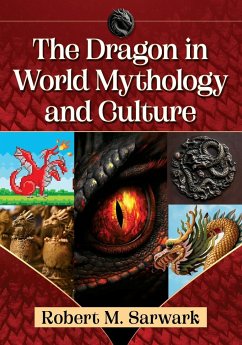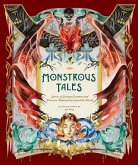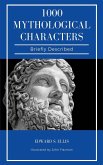"Dragons are everywhere, seemingly hidden in plain sight. These mythological reptilian monsters date far into known human history in nearly every part of the world and are still prevalent in today's media and entertainment. The wide cultural, geographical, and linguistic diffusion of dragons or dragon-like creatures shows how modern humans have influenced each other through shared tales of monsters. This book introduces dragon myths and legends from around the world by following human culture's shared evolutionary past via language, folklore, the arts, and commerce. Dragons in folklore, literature, and pop culture are analyzed from Eastern and Western perspectives, leading to an analysis of dragons in today's popular culture and media. While other books on the topic have focused primarily on classical sources, or on cataloging various dragon tales in general, this work identifies the subtle yet profound ways in which the dragon figure or related motifs have slyly entered into our collective psyche as participants in the modern, interconnected world."-Provided by publisher"--
Hinweis: Dieser Artikel kann nur an eine deutsche Lieferadresse ausgeliefert werden.
Hinweis: Dieser Artikel kann nur an eine deutsche Lieferadresse ausgeliefert werden.








